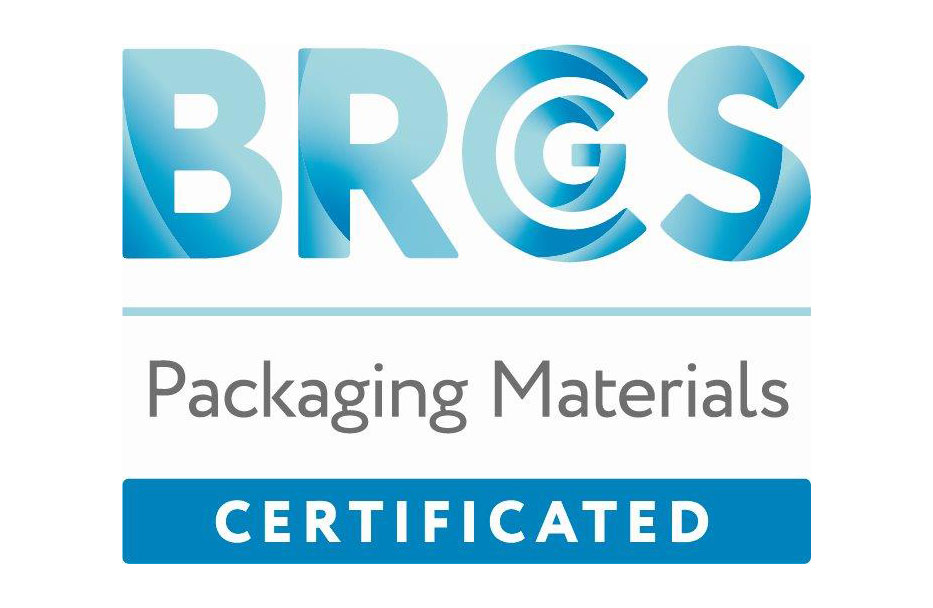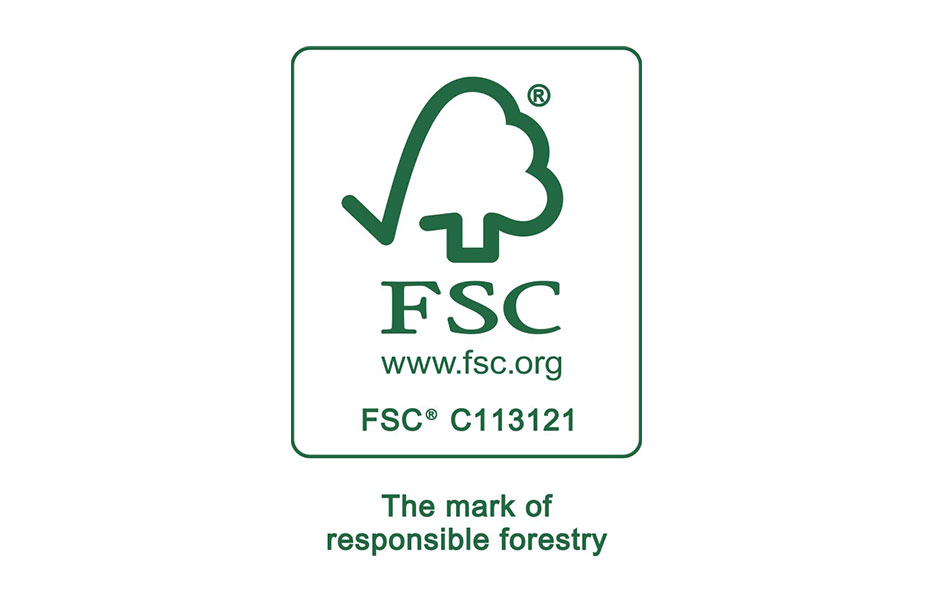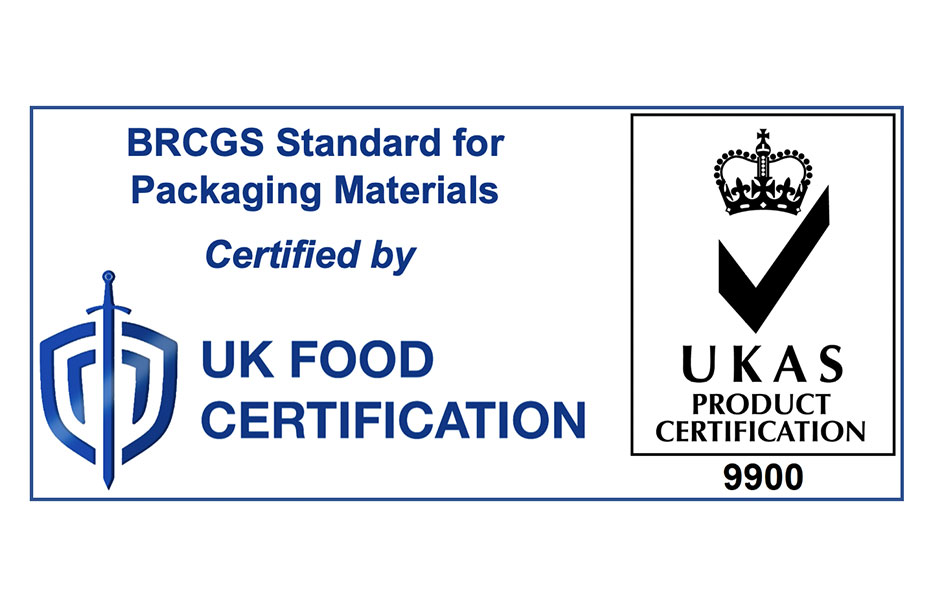Frequently Asked Questions
Here you will find some of the common questions you may be asking yourself about our products and services. If you need a little help on some of the terminology, please refer to our Glossary page.
For further help and assistance, please feel free to contact us directly.
General FAQs
A: There are 4 key things you will need to know before we can start, firstly the size of the label. We have thousands of cutters in stock so its advisable to ask us what is the closest size we have to meet your requirements, this will save you money. Secondly you will need to have an idea of how many labels you require. An average run of labels can be 500 or 1000 but can increase to millions. Thirdly, how many colours you are looking to have printed, and if it’s a single colour, a number of spot colours or a full colour design. Finally we need to know what the application is so we can suggest a suitable material. If you’re confident you know all these then please take some time to fill in our labels quote request form or ring our sales team for more assistance.
A: Don’t worry, we can recreate artwork from an original label. We ask that the label be as undamaged as possible and it has no marks or scratches. From this we can scan in the label and recreate it allowing us to make any changes you require.
A: Yes, we can sheet your roll labels to individuals. We charge £15 per 1000 up to a quantity of 5000 (£75), then prices are quoted depending upon quantity.
A: NEL is an example of winding directions and stands for Narrow Edge Leading. This means that the labels come off the roll with the narrowest edge first. Other directions are:-
- WEL – Wide Edge Leading
- LEL – Left Edge Leading
- REL – Right Edge Leading
- HL – Head Leading
- FL – Foot Leading
- OW – Outside wound (Labels are wound on the outside of the roll – Standard unless requested otherwise)
- IW – Inside wound (some automatic applicators have to apply the labels this way)
Please see our Winding Directions.pdf to give you a better understanding of what these mean. Please call our sales team for more information on 0161 495 3959
A: If your labels are machine applied then we require the following information:-
- Core Size (76 or 45 mm)
- Leading Edge (REL, LEL, HEAD, FOOT)
- Max Outer Diameter
- Outside/Inside Wound
- Gaps required between labels
- Roll Quantity
- Trigger Bar Requirement
If your labels are applied by hand, we will produce the labels to a standard specification. If you are unsure of any of the requirements then please do not hesitate in contacting us.
Pre Press FAQs
A: If you have specified a specific size in your requirements and we do not have a stock cutter then if you’re a little flexible on the size we can utilise one in stock.
Please ask our sales team about the closest cutters available.
Another cost cutting exercise is if we have quoted for a conventional printed job and listed negatives in the origination and you have an image setter, then you can send the film negs in. We require them right reading (wrong reading for a window sticker) and emulsion up.
Art Room/Artwork FAQs
A: Artwork can be sent in via email, disk, hardcopy posted to us (this may incur artwork creation charge) or why not use our client file manager to upload your artwork? Simply go to the client upload facility to register for an account and follow the simple instructions to upload your file. If you have any problems please contact us.
A:
| Non-Accepted Artwork Formats | Accepted Artwork Formats |
|---|---|
| Microsoft :- Word, Publisher, PowerPoint | Adobe Illustrator CC |
| CorelDRAW | Adobe Photoshop CC |
| Adobe IndesignQuark V6.5Quark V6.5 | Quark V6.5 |
| BNG and .GIF |
(in order of preference)
Adobe Illustrator (Preferred Format)
Files types include (.ai) (.eps) and (.pdf) Standard file format for saving vector graphics created in Illustrator. Preserves artwork to outlines for ease of scaling; line and curves stay true and are not rasterized into pixels (as in Photoshop EPS). All placed images (scans and fonts) need to be supplied in addition to original file.
Adobe Photoshop
Files types include (as above) (.jpg) and (tiff) Encapsulated PostScript (EPS) language file format can contain both vector and bitmap graphics and is supported by virtually all graphics, illustration, and page-layout programs. When you open an EPS file containing vector graphics, Photoshop rasterizes the image, converting the vector graphics to pixels.
Quark Xpress
Files types include (.qxd). Quark files are often editable files that comprise of several components to the artwork and is usually used only when the original files has been created in Quark. All artwork supplied in this format must be accompanied placed images (scans and fonts) in addition to original file.
- All artwork needs to be a minimum of 300dpi and supplied in a CMYK format
- Any scanned image (.jpg or .tiff) is un-editable (re-creation is available at additional costs)
- Portable Document Format (PDF) is a flexible, cross-platform, cross-application file format. PDF files accurately
- Display and preserve fonts, page layouts, and both vector and bitmap graphics
- Bleed – Please add a minimum of 2mm bleed on artwork where appropriate
- Key lines – These are to be visible on shaped artwork (must be removable)
- All images supplied 1 up unless otherwise stated
A: Press proofs are available on all digital orders free of charge (subject to specification). Proofs are available prior to ordering but a small charge will be added. Digital proofs are printed on the HP Indigo 4050 or the EFI Jetrion depending upon the quote. Conventional “Wet Proofs” are available from the conventional press but require the origination charge and a run cost. Please call for more details.
Production FAQs
A:The simple answer is that digital printing doesn’t use printing plates or film negatives. It uses an imaging drum to transfer a liquid ink on to the material, similar to the process of a laser printer (except we use ink not toner). This enables full colour labels to be printed at a very reasonable cost.
Post Press & Delivery FAQs
A: On average it takes between 3-5 days for digitally printed jobs and 5-7 days for everything else. These dates are either from proof approval or in the case of repeat jobs, it’s the time from receipt of order. For more information please see our delivery and shipping pages
A: You can track your labels by obtaining the consignment number from ourselves then visiting http://www.fedex.com/ukservices/ and following the simple tracking procedure.
Useful List of Label Terminology FAQs
A: Don’t get confused with label terms and jargon, why not use our glossary to find out what they mean?
WE’RE
Here to Help
Get in touch with us today and let’s discuss your label or tape requirements.





